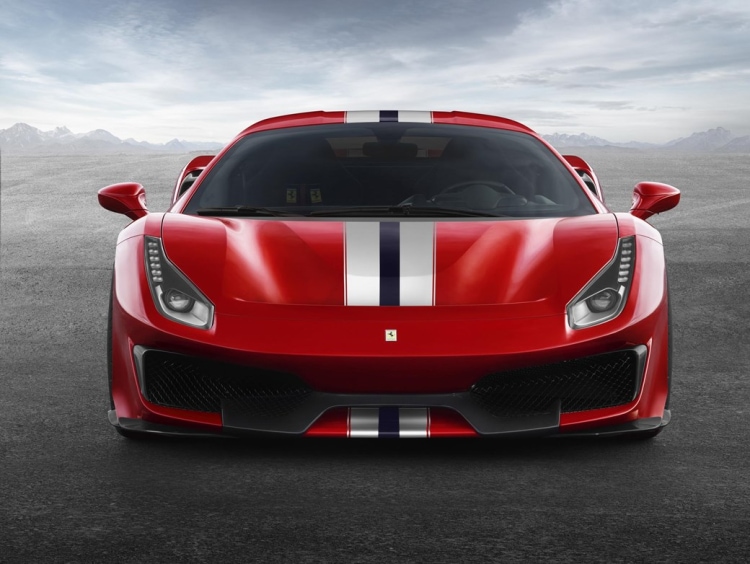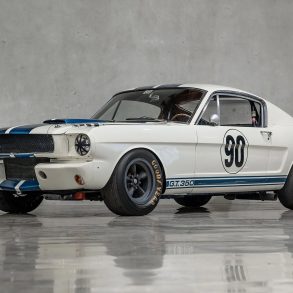You’ve amassed not only a nice nest egg but have watched enough Top Gear episodes to know what cars you’ve been missing out on. Now that you’ve decided to buy a supercar, which one should you buy? There are many factors to consider when buying a supercar, but a critical factor is depreciation. Today we examine modern supercars’ depreciation curves to discover what factors affect a supercar’s depreciation over the first 3 years.
These days, the market for modern luxury sports cars has been increasingly packed with new models possessing performance statistics that once were thought virtually impossible.
Hagerty specialists have compared the depreciation rates of these supercars over the first and third years. We believe overall, more owners would be more interested in knowing which cars will lose 25% of their value over three years more so than which supercar can sprint to 60mph the fastest.
To research the depreciation of supercars, Hagerty employed data from the UK and US markets and picked marques that are reflective of the traditional European supercars in this segment such as Audi, Aston Martin, Ferrari, Bentley, McLaren, Lamborghini, Porsche, and Mercedes-Benz.

The vehicle models analyzed were within the $100,000 to $500,000 price range, not including optional extras. They were classified into two categories: the more accessible entry models and the flagship models. The Flagship models normally require at least 700bhp or 12-cylinders, while the entry models generally have 8 to 10-cylinders and roughly 500bhp.
Despite Hagerty already having an abundance of policy quote data (more than 24,000 data points) for the vehicles in question, they collaborated with their industry partners at Premier Financial, AutoTrader UK, and Woodside Credit to diversity the data.
The data sources were utilized to inspect how a vehicle value changed with time. For example, a 2018 Ferrari 488 GTB Coupe would be worth ‘X’ amount in 2017 (year 0), ‘Y’ amount in 2018 (year 1), and ‘Z’ amount in 2019 (year 2). The difference between year 0 and year 1 for Ferrari 488 GTB Coupe shows its depreciation irrespective of the model year. Upon categorizing the vehicles by marque, model, sub-model, body style, model year, and engine type, the losses were calculated.

It is not a surprise to know that all these cars depreciate. After the first year, the cars generally depreciates by 6% and 20% by the third year. This highlights that no technology, power, or special features in a car are resistant to the gravitational pull of depreciation.
What was discovered though was the degree of depreciation of the supercar varied with factors such as:
- circumstances of the vehicle launch, and
- country of origin of the car
Regarding the launch of the vehicles, the hype that goes with the debut of the car is a double-edged sword. At first, the excitement surrounding the launch can foster more demand than the factory is willing to produce, supporting the car to appreciate somewhat.

A great example of this is the Ferrari 488 Pista Coupe which increased in value by 6% in its first year after its debut as enthusiasts tried to get their hands on what was already released. However, by year three, it had also succumbed to depreciation, falling by around 7%. Sadly, the Porsche 911 GT2 RS was at the other end of the spectrum, depreciating by 30% by year three.
Some supercars with extravagant unveilings ended up depreciating more after the first year as they were acquired new with unsustainably exorbitant price tags, perhaps due to dealer markups or buyers prepared to pay more to jump the queue. The Porsche 911 GT2 RS depreciated an average of 12% in the first year, most likely due to buyers who paid over the manufacturer’s recommended retail price and ended up selling it soon after.

Another important factor is geography. Italian brands like Ferrari and Lamborghini seem to depreciate less after three years compared to the German marques. As for the British companies, Aston Martin and McLaren saw their depreciation range from a fifth to a quarter of the price.
The Porsche 911 GT3s depreciated somewhat more compared to the Turbo coupes, apparently due to increased speculation. Compared to its cousin, the Audi R8 5.2 V10 depreciates less than the Lamborghini Huracán.
When looking into car styles, the convertible versions of the vehicles tended to depreciate less than their coupe equivalents. The exception though to this finding though was the Mercedes-Benz AMG GT and Porsche 911 Turbo.

Of course, the initial depreciation of the car has no bearing on the collector status of the vehicle in the future. However, for those in the market to buy the cars new and immediately move on to the next desirable model in a year, the differences in depreciation may be a factor to consider. It also highlights those thinking of picking them up to make a quick profit – think again.
[Source: Hagerty]











Would have been nice to an analysis that included initial price. Does the initial price determine, in some fashion, the depreciation. Also, you touched on supply briefly but failed to expand. If the run of the car is limited to 500 vs 5000, does that impact the depreciation. Could have taken this so much further.
Hi Rod, yes I agree, this topic can be expanded much further. We will research those areas you have mentioned and present an update to the article.